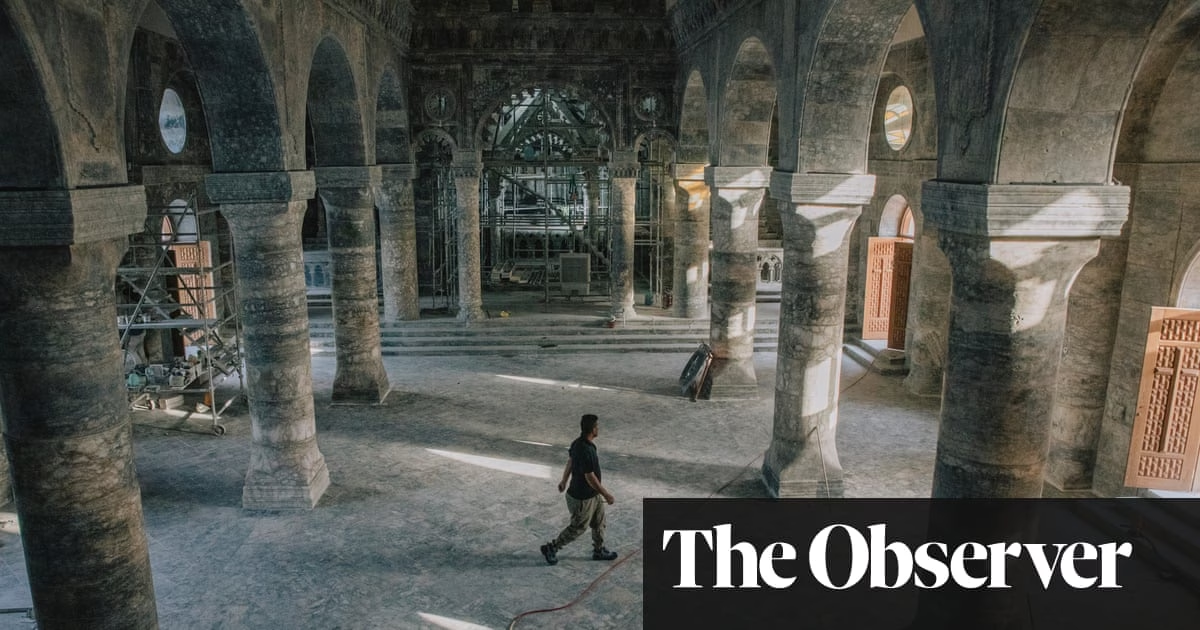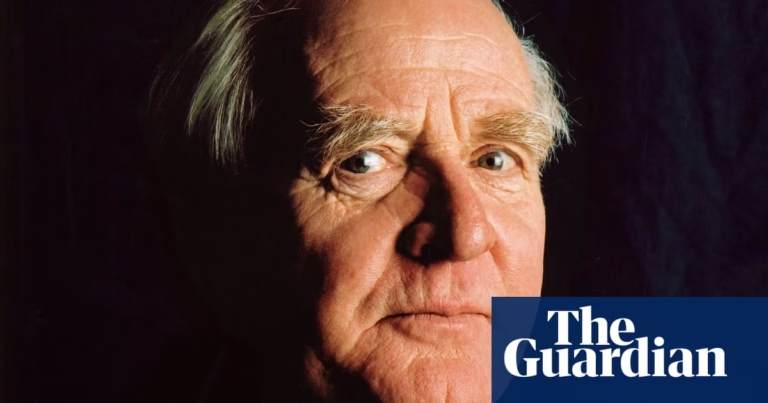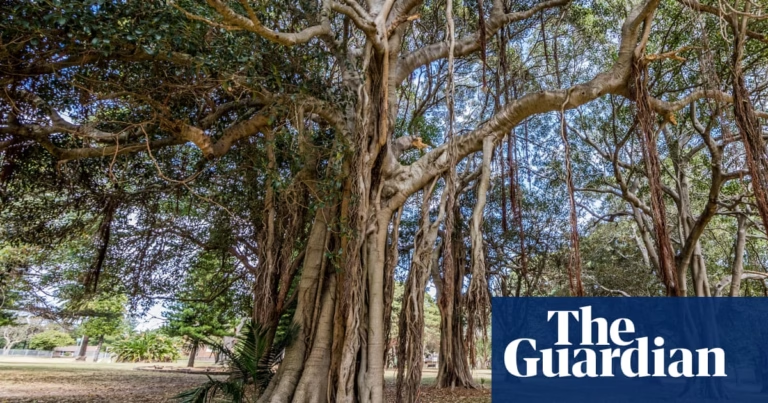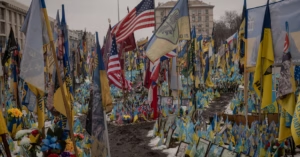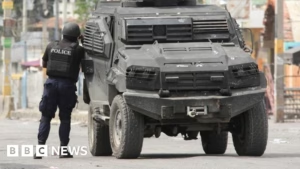In the small courtyard of Sara’s grandmother’s house, children are running and playing as if time had never passed. “The house kept our memories,” Sara says, sitting on the sofa of the courtyard. “It seems like we never left. On the contrary, when we came back, we felt we belonged to this house.”
Located in the old Iraqi city of Mosul, right behind the Great Mosque of al-Nuri, their home is part of the local cultural heritage. It was heavily damaged during the occupation by Islamic State (IS) and the battle to reclaim the city by Iraqi armed forces, backed by US coalition airstrikes. Sara and her family were forcibly displaced during the fighting in 2017 and for many years feared they would never see their home intact again.
“It was amazing when we could step in,” Sara says. “The neighbourhood has changed a lot, but it’s still very beautiful and we’re optimistic that more and more neighbours will resettle in their home town.”
Most of these old houses have been restored, thanks to a Unesco-led project called Revive the Spirit of Mosul, which includes the renovation of the Great Mosque of al-Nuri and other sites. “Most of our family members are employed here in the reconstruction of the city,” Sara says. “Life is still precarious, but we hope that 10 years after Daesh [IS] occupied our beloved city, it will only improve.”
The mosque’s leaning minaret, named Al-Habda or the hunchback, has been restored under UnesCO’s supervision and reopened last month. Built in 1172, it is 45m tall and decorated with ornamental brickwork along its cylindrical shaft and square base. The self-proclaimed caliph of the IS, Abu-Bakr al-Baghdadi, inaugurated the “caliphate” from the pulpit inside the mosque in 2014.
The renovation of the Great Mosque will be completed during Ramadan, which began on Friday, and 11 years after IS made Mosul its capital. The prayer hall will already be open for Ramadan prayers – for the first time since IS’s defeat. “The citizens of Mosul are very happy. The last finishing touches need to be completed, but we can open the mosque for Ramadan prayers,” says engineer Omar Taqa, responsible of the restoration project under UnesCO.
“We are proud to have worked on this project, which is the largest UnesCO project in the world, with $50m implemented. For the official opening and inauguration of the Great Mosque, arrangements are being made to hold a ceremony with the Iraqi prime minister.” Last June, during their work, five large IS bombs were found hidden in the site, which postponed efforts for some days.
Huda, who lives next to the mosque, is originally from Baghdad and moved to Mosul with her husband after being displaced in a Christian neighbourhood in Erbil. “I’m a Christian, the only one living in the old houses for now,” she says. “Before the Daesh occupation, many more Christians were inhabiting the old city. I have two children and my husband is working on the al-Nuri mosque renovation. I feel at home here.”
Father Raed, a local priest, told the Observer that, even though the large majority of Christians haven’t resettled in Mosul, they come to the city daily from Erbil or nearby Christian-majority cities such as Qaraqosh for employment or to attend the church.
Yamama Saleh, a civil engineer employed by the UN agency, has also been involved in the reconstruction of the mosque. “It’s the landmark of Mosul. I used to see the minaret from my rooftop, so when it got destroyed, it was really sad. But after being involved in the rebuilding of the shaft, it has another meaning for me. Now we’re done, I will go back to the rooftop to take a picture from there.”
Her colleague, Mustafa al-Zeewany, supervisor of the minaret works, is standing on top of the minaret. “The minaret is iconic,” he says. “All our workers here are feeling proud. We felt devastated when the minaret was blown up by IS in June 2017, and now we have the abilities and capabilities to redo it, using international and new techniques.”
Al-Zeewany explains that new techniques were implemented because they allowed work to be done in a similar way to the time of the construction of the mosque and minaret in the 12th century. “It’s a great experience for all of us to know how our ancestors worked, especially in this kind of construction.”
Ma’an remarks that the new generation doesn’t know the archaeological sites of the Nineveh province of Mosul, such as the old Assyrian city of Nimrod, 30km south of Mosul, badly damaged by the terrorist group, like many others.
Layla Salih, an archaeologist responsible for the Bashiqa district and head of the reconstruction team of Al-Tahera church (Upper Monastery) project, is an expert on the archaeological sites of Nineveh, the Mosul province. “Many projects initiated after the liberation of the city were distributed between reconstruction, rescue or excavation work, and there are projects of documentation, archaeological and heritage survey, as well as the restoration of archaeological objects,” she says.
Salih has become very well-known in the city after her discovery back in 2017 of a new archaeological site, the Assyrian Essarhadon’s Palace, in a tunnel under the al-Nabi Yunes shrine, dug by IS militants who were searching for antiquities to plunder and sell. “I expect that the renovation of Mosul will continue for years … and it is remarkable that the international community is so interested in the city for its ethnic, religious and cultural diversity.”
When IS was first driven out of Nineveh province in November 2016, Salih and a colleague, Faisal Jaber, reported on the destruction of Christian sites in the province. “We hope for more cultural projects that contribute to building peace, promoting stability and coexistence.”
Source: https://www.theguardian.com/world/2025/mar/02/mosul-iraq-islamic-state-mosque-reconstruction-ramadan



